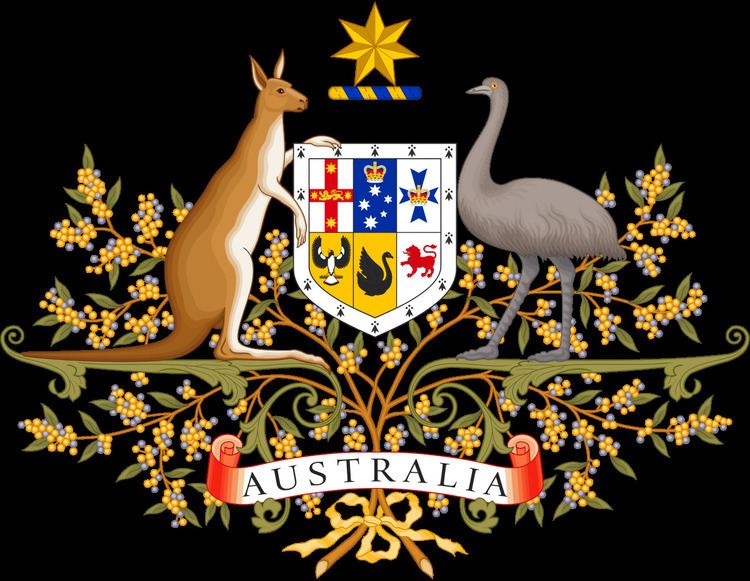Date enacted 17 July 2000 | ||
 | ||
Enacted by | ||
The Environment Protection and Biodiversity Conservation Act 1999 (EPBC Act) is an Act of the Parliament of Australia that provides a framework for protection of the Australian environment, including its biodiversity and its natural and culturally significant places. Enacted on 17 July 2000, it established a range of processes to help protect and promote the recovery of threatened species and ecological communities, and preserve significant places from decline. The EPBC Act replaced the National Parks and Wildlife Conservation Act 1975.
Contents
The EPBC Act established the use of Environment Protection and Biodiversity Conservation Regulations, which have provided for the issuing of approvals and permits for a range of activities on Commonwealth land and land affecting the Commonwealth. For example, commercial picking of wildflowers is regulated under the EPBC Act, and cannot be undertaken without an appropriate permit. Failure to comply with the Act can result in penalties including remediation of damage, court injunctions, and criminal and civil penalties.
The EPBC Act is administered by the Australian Department of the Environment. On 16 October 2013 the Environment Minister announced that the Government had approved a framework for a "one stop shop" environmental approval process to accredit state planning systems under national environmental law, to create a single environmental assessment and approval process for nationally protected matters.
On 16 June 2014 the proposed amendments passed the House of Representatives, despite opposition from environmental campaigners and significant legal commentators who have criticised the Bill and expressed concern with the delegation of Commonwealth environmental approval powers.
The Act identifies seven matters of national environmental significance:
Lists of threatened species, such as threatened fauna, are drawn up under the Act and these lists are the primary reference to threatened species in Australia.
Treaties
As an Act of the Australian Parliament, it relies for its Constitutional validity upon the legislative powers of the Parliament granted by the Australian Constitution, which does not expressly refer to the environment. As such, key provisions of the EPBC Act are largely based on a number of treaties including:
2007 review
A review of the Act and actions taken under the act released by the Australian National Audit Office (ANAO) in March 2007, the audit is entitled "The Conservation and Protection of National Threatened Species and Ecological Communities". The audit widely criticised the Department of the Environment and Water Resources for inaction with respect to the EPBC; key findings of the audit include:
The Hawke Report
On 31 October 2008 the Minister for the Environment, Heritage and the Arts commissioned an independent review of the Environment Protection and Biodiversity Conservation Act 1999 (EPBC Act), the Australian Government's central piece of environmental legislation. Section 522A of the EPBC Act requires it to be reviewed every 10 years from its commencement.
The review was undertaken by Dr Allan Hawke.The aim of the report is to review the performance of the Act and, consistent with the objective of protecting the environment and biological diversity and maintain ecological processes, to recommend reforms that:
The "Final Report" was delivered to the Minister on 30 October 2009 and publicly released on 21 December 2009.
